Step by Step Guide
- Begin with a thorough warm-up, focusing on the spine, shoulders, and hip flexors.
- Incorporate poses like Cobra Pose, Bridge Pose, and gentle backbends to prepare the body.
- Lie down on your back with your knees bent and feet hip-width apart, heels close to your sitting bones.
- Place your hands on the mat beside your ears, fingers pointing toward your shoulders.
- Ensure your fingertips are pointing toward your feet.
- Press into your palms and lift your shoulders and head off the mat.
- Walk your hands in toward your head until your elbows are directly above your wrists.
- Press into your hands and feet, lifting your hips toward the ceiling.
- Keep your elbows parallel and engage your triceps.
- Straighten your arms fully, lifting your chest toward the ceiling.
- Ensure your wrists are under your shoulders.
- Press firmly through your feet, engaging your quadriceps.
- Keep your knees in line with your ankles.
- If comfortable, drop your head back, allowing your neck to relax.
- Keep your gaze focused between your hands or toward the floor.
- Hold the pose for 15-30 seconds, breathing deeply.
- Gradually work on holding the pose for a longer duration as your strength and flexibility improve.
- To release, tuck your chin to your chest and lower your body down one vertebra at a time.
Benefits of The Wheel Pose (Urdhva Dhanurasana)
- Strengthens Back and Arms: Urdhva Dhanurasana strengthens the muscles in the back, arms, and shoulders.
- Opens the Chest: The pose expands the chest, improving lung capacity and posture.
- Stimulates Abdominal Organs: Wheel Pose stimulates the abdominal organs, aiding digestion.
Tips for Advanced Practitioners:
- Hand and Foot Placement: Ensure your hands are shoulder-width apart, and your feet are parallel to each other.
- Engage Your Core: Keep your core engaged to protect your lower back and support the backbend.
- Foot Position: Keep your feet parallel, avoiding the tendency for them to turn outward.
- Avoid this pose if you have any recent wrist, shoulder, or back injuries.
- Listen to your body and avoid pushing into discomfort or pain.
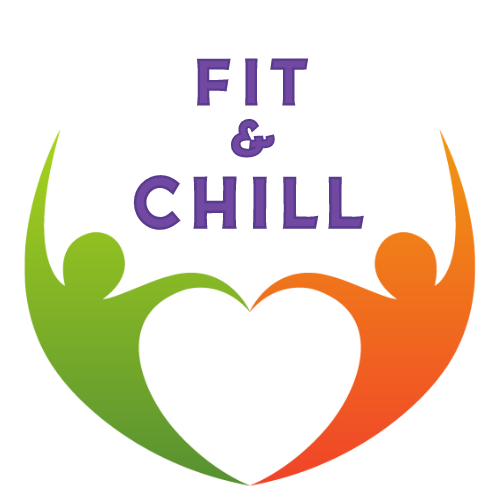
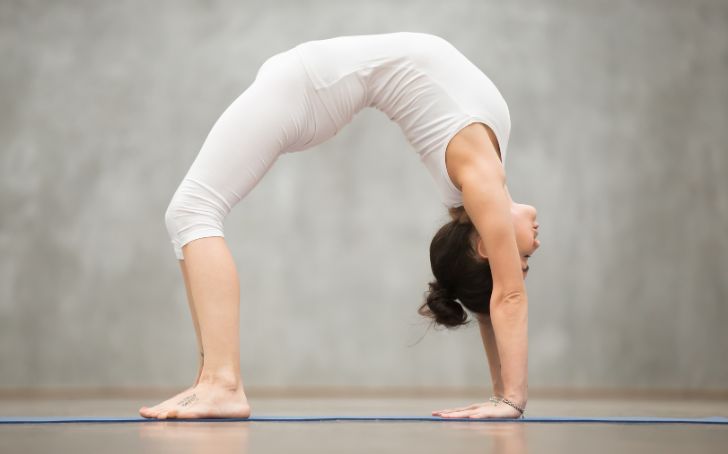
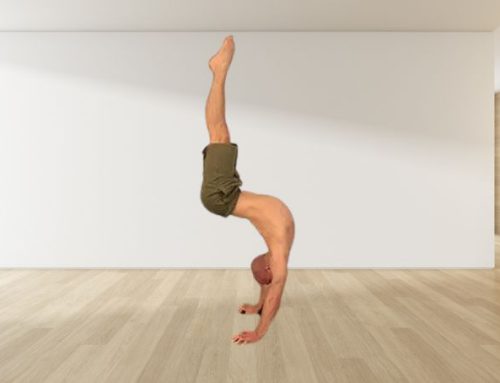
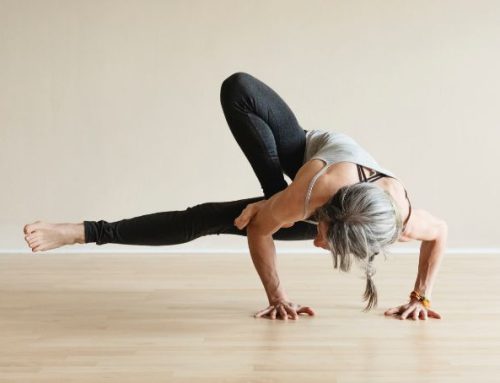
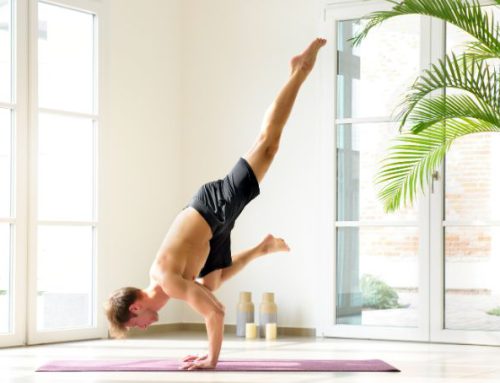
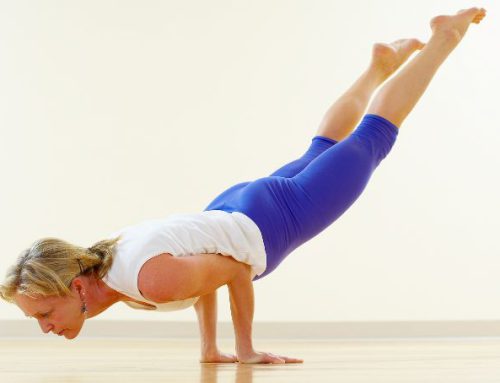
Leave A Comment